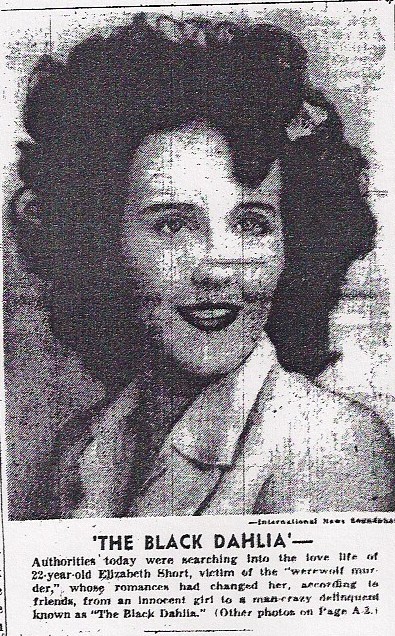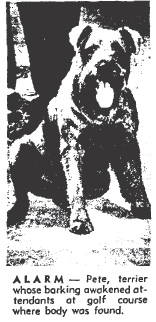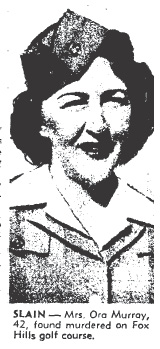There were numerous unsolved slayings of women in 1940s Los Angeles, and among the dead were: Ora Murray, Laura Trelstad, Jeanne French, Georgette Bauerdorf, and of course Elizabeth Short. The murders were enough to frighten and enrage the public, who then demanded that local politicians address their concerns. The 1949 L.A. County Grand Jury was tasked with investigating what many perceived to have been a failure on the part of law enforcement to crack the cases. The Grand Jury dropped the ball on investigating the cops handling of the murders to focus instead on corruption in police vice units, but I’m not sure that it matters.
I don’t believe the murder cases went unsolved due to sloppy police work. What I think is that with the flood of transients (i.e. military personnel, war workers, etc.) into the city after the U.S. entered WWII in December 1941, it became increasingly hard for detectives to solve a homicide case. If the victim and killer were strangers to one another, which in the war and post-war environment was likely, it would add another layer of difficulty to solving a murder with few, if any, clues.
By poking around in old newspapers I’ve discovered that there was a large number of dishonorably or medically discharged veterans wandering the streets of L.A. during the 1940s. Some of them had suffered profound trauma during their service, what we’ve come to know as Post Traumatic Stress Disorder, or PTSD. Others of them, like Otto Stephen Wilson, were screwed up for reasons that had nothing to do with a battlefield. Wilson had served in the Navy for eleven years before being discharged in November 1941, one month before the U.S. went to war.
The reason for Wilson’s discharge from the Navy was the he suffered from sexual psychosis. If you’re wondering why it took them over a decade to diagnose him, it wasn’t until his wife complained to San Diego naval authorities about his “unnatural impulses” that the he came to the attention of his superiors and they gave him the boot. We’ll get to his impulses later.
Following his discharge from the Navy, Wilson had been living in and around L.A. working menial jobs as kitchen help in various cafes. He had a police record in the city beginning with his arrest on March 25, 1943 on suspicion of criminal attack when a young woman, Celeste Trueger, told cops he had grabbed her by the throat on a hotel stairway. His guilty plea on a battery charge earned him 90 days in jail, 30 of which were suspended.
On March 14, 1944, he was arrested on suspicion of burglary and handed over to county authorities to begin a nine month sentence. Wilson was released on good behavior about a month before he slaughtered two women in downtown hotels.
NEXT TIME: The story of Otto Stephen Wilson’s murder spree continues.




